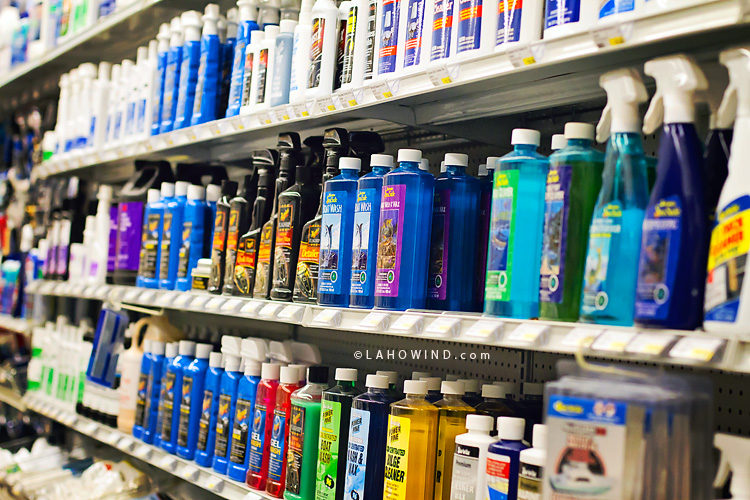Turns out, a dirty, dark, and damp bilge smells just like a sewer when left to fend for itself. Not the most pleasant way to maintain it if you ask me. Although our boat was fairly well maintained, we are not quite sure if the previous owner ever really cleaned the bilge. And the bigger question really is…why the heck is it dirty in the first place?
Well, the smell alone was reason enough for us to make cleaning the bilge a top priority after purchasing the boat, but it is also important to keep the bilge clean to prevent growth of unwanted bacteria and prevent rust and corrosion that can pop up on key equipment in that area of the boat…ahem the engine.
And aside from the foul smell, a closer look at the water in the bilge led us to believe that there was old diesel or oil in there too. Not good in terms of cleanup.

So, the only cure for said dirty bilge was to…CLEAN it. And I mean really clean it. This “not-so-lovely” maintenance was one of the top priority boat projects on our list just days after s/v LAHO officially become ours.
But how the heck do you clean a bilge? And get all that dirt, grime, and grease out of there? As super beginner boat owners, we certainly had no clue.
Like most things thus far, we did some research and DIY’d the heck out of it.
We decided we needed some serious cleaner to do the trick AND a little ingenuity to get the oil out before we pumped the bilge out overboard. (Remember, it is illegal to pump oily discharge overboard. If you find oil in your bilge water, you need to turn off the bilge pump and find an alternative way to dispose of the oil. The test for illegal pollution is simply a “visible sheen” on the water.)

It definitely didn’t help to see THIS many cleaner options when we browsed for a solution at West Marine. I mean really…did we need bilge cleaner concentrate, a degreaser, etc etc etc.?
After randomly selecting an appropriate cleaner, Jereme had to squeeze his girly figure (jk!) down into that hatch (you can see him poking out in the photo above) and alternating soaking up the oily water with diapers and hosing down the area with water/cleaner. After many repetitions of this process, the bilge seemed much cleaner. And luckily, the awesome “sewer” smell went away.
Oliver did a great job “supervising” this project.
It’s important to note that if our trusty float switch was working properly in the first place, then there would have never been any fluid in the bilge. Hence, no foul sewer smell. Next up on the never ending project list = FIX the float switch! ASAP.






[…] getting to know where various parts were on our engine and cleaning miscellaneous pieces, like the bilge. But neither of us really have a clue when it comes to regular engine maintenance on our 50-HP […]